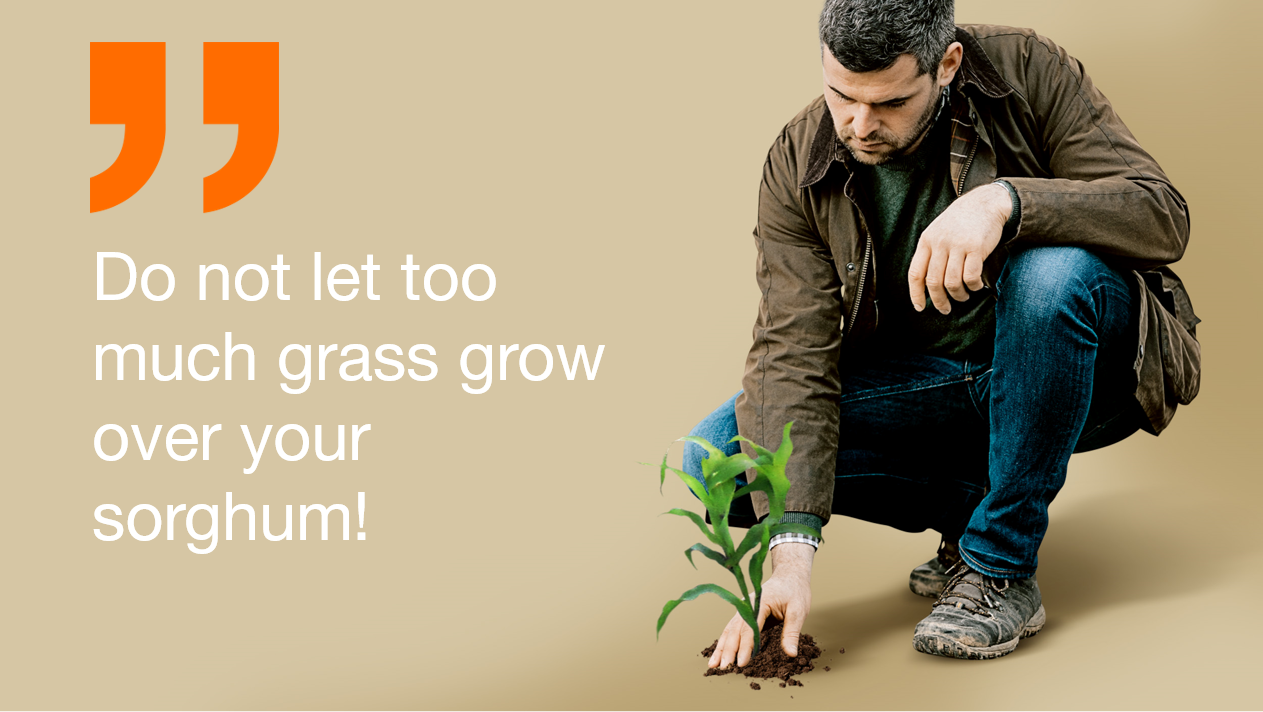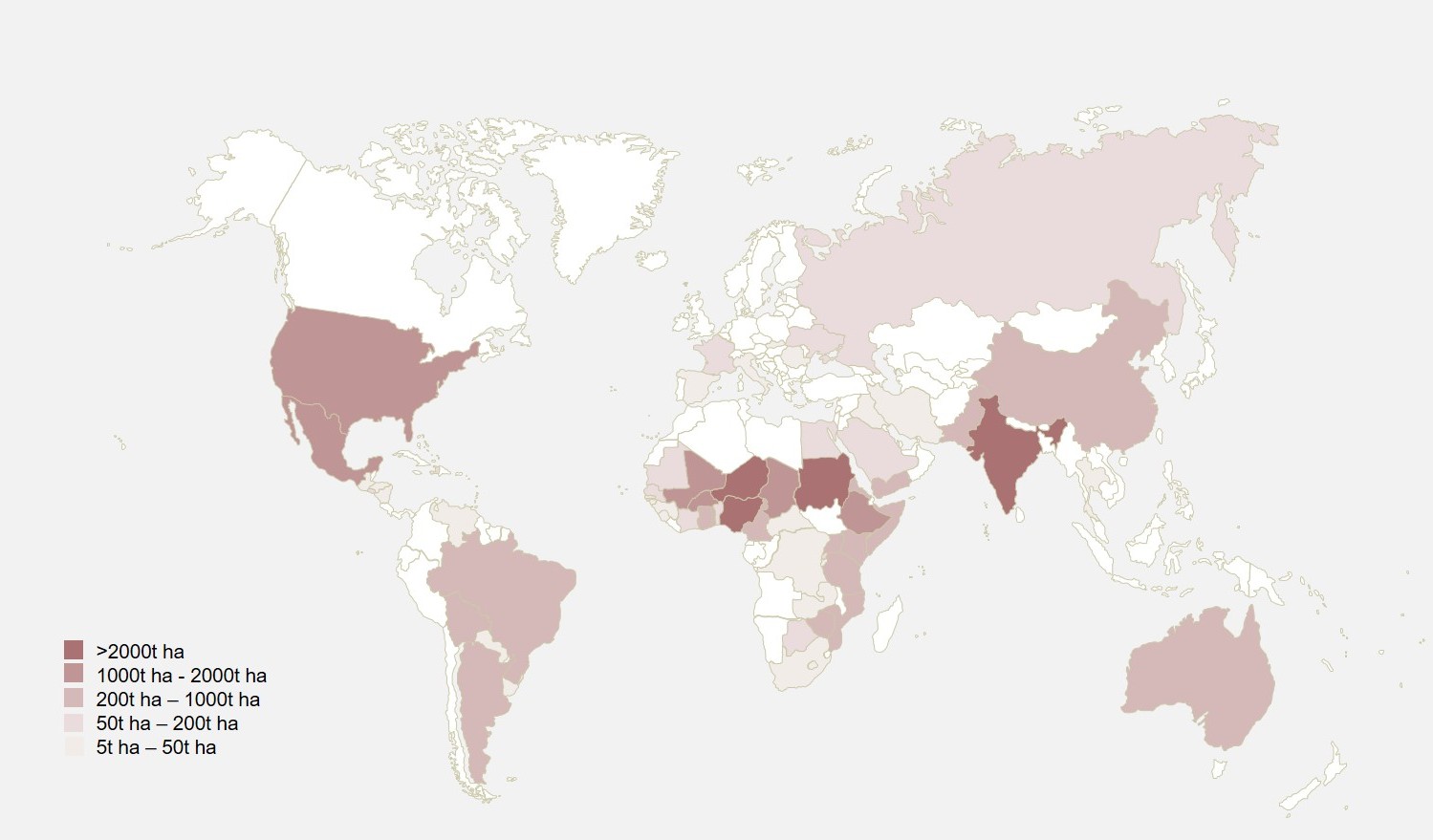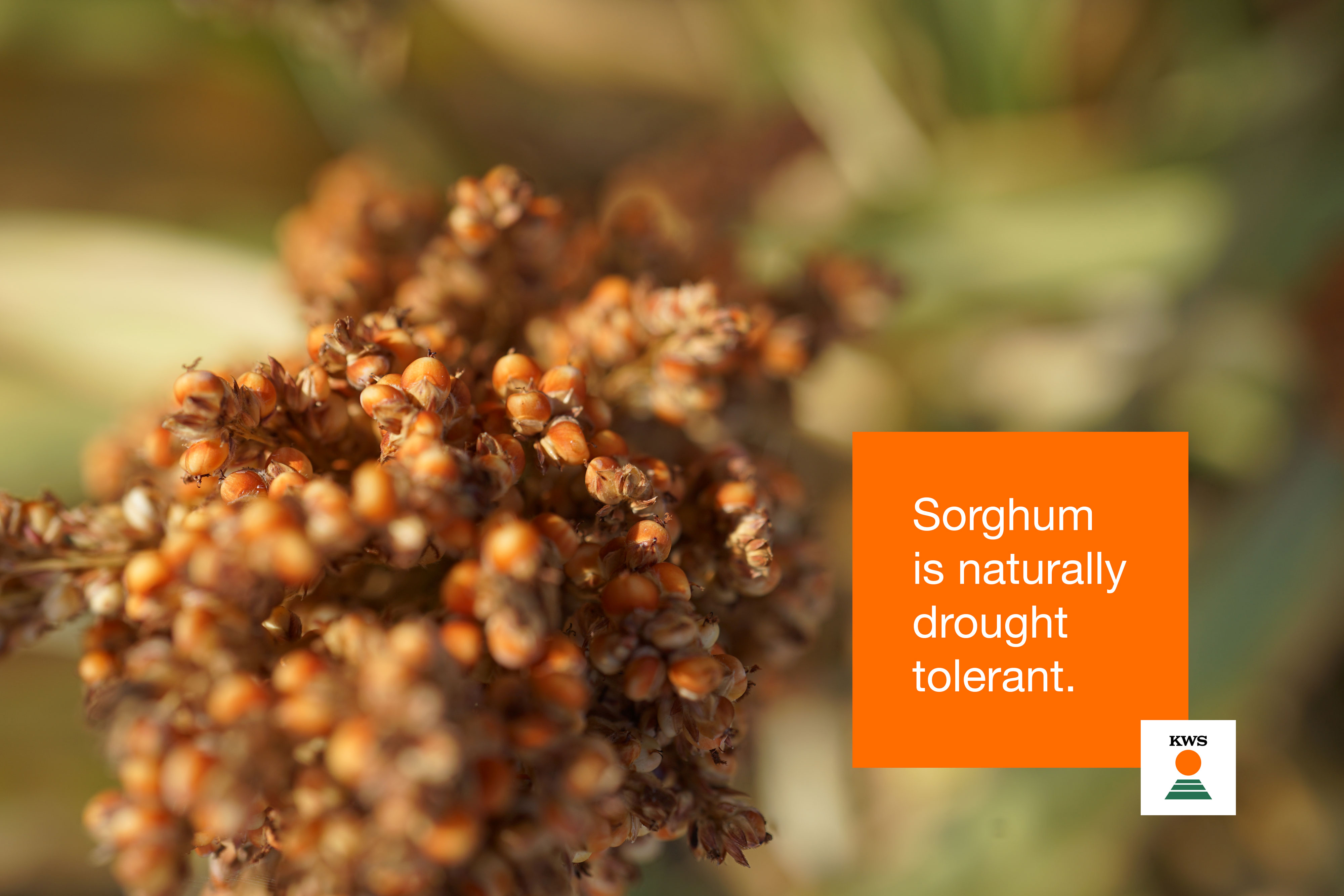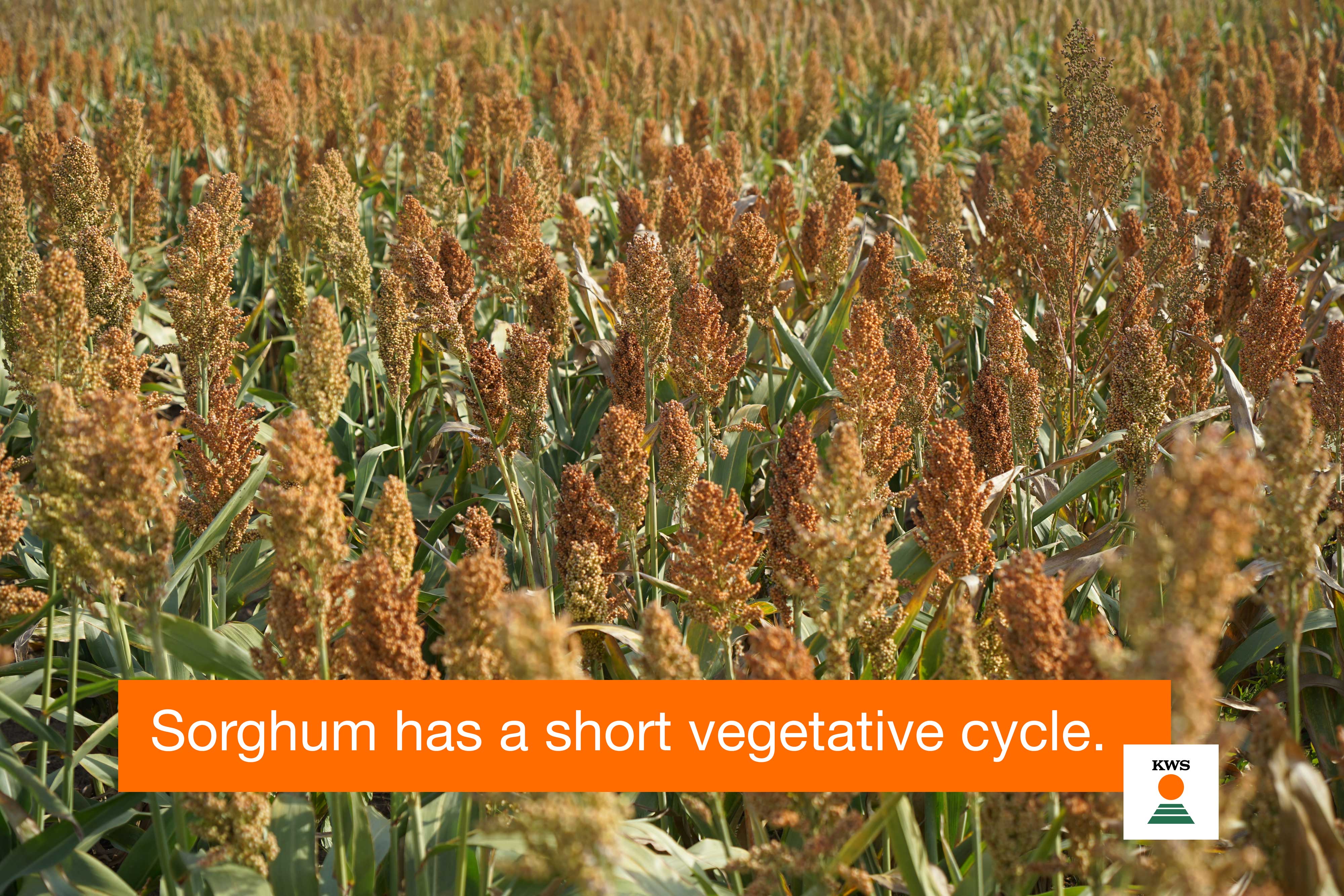Grain sorghum - a real crop for the future!
The advantages are not only reduced costs and more profitable production. Feeding grain sorghum is also a health benefit for my animals.
Benefits and advantages of grain sorghum
Tolerances
Sorghum is naturally drought and heat tolerant.
Requirements
Sorghum has got low nitrogen, pesticide and water requirements.
Usability
Grain Sorghum is a good alternative in animal and human nutrition.
Jan has six successful sorghum-growing
facts for you!
KWS breeding program for grain sorghum
The next step for a high-yield harvest:
Our grain sorghum varieties
You are looking for a strong sorghum crop for your fields? Our grain sorghum product portfolio ensures a stable yield under difficult conditions! Our new variety KWS NEMESIS stands for medium maturity, KWS LUPUS ripens early. Which remains the same: Both are hardly resistant to pests and extremely drought-tolerant! For detailed information visit our country sides.
Fifth in the world, on the rise in Europe!
Grain sorghum is the fifth most important cereal in the world, with a nutritional profile similar to corn. In Europe grain sorghum is used mainly for animal feeding. In other corners of the world sorghum is known for its versatility - human nutrition, producing of syrups, ethanol, silage or hay for feeding.
With it's drought and heat tolerance, Sorghum is naturally able to support farmers due to upcoming challenges posed by climate change.
Did you know?
Your contact partner






















